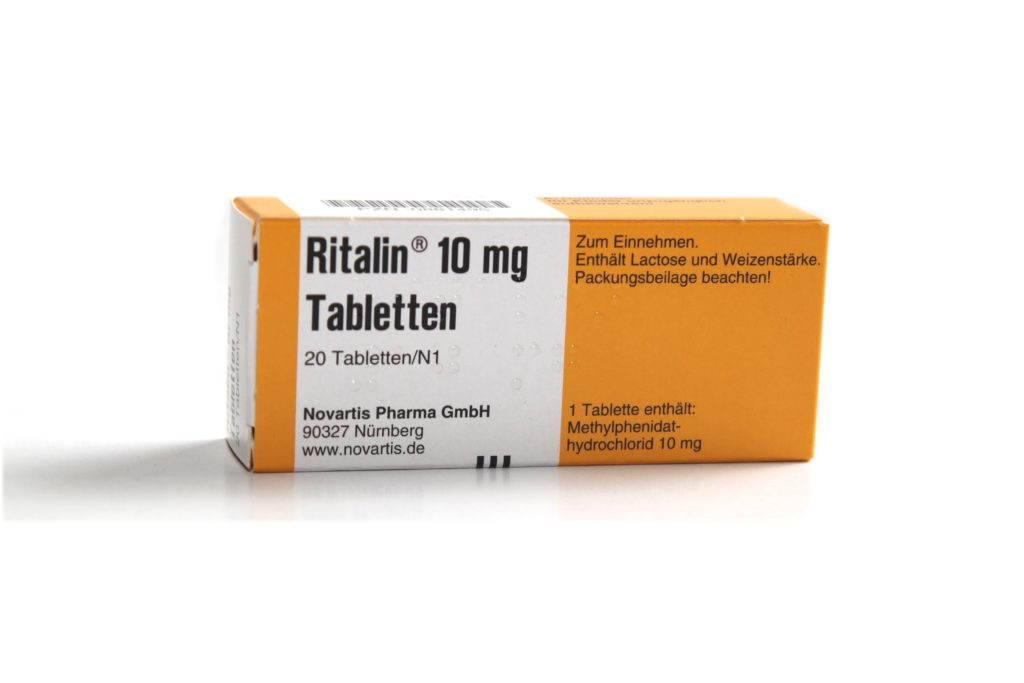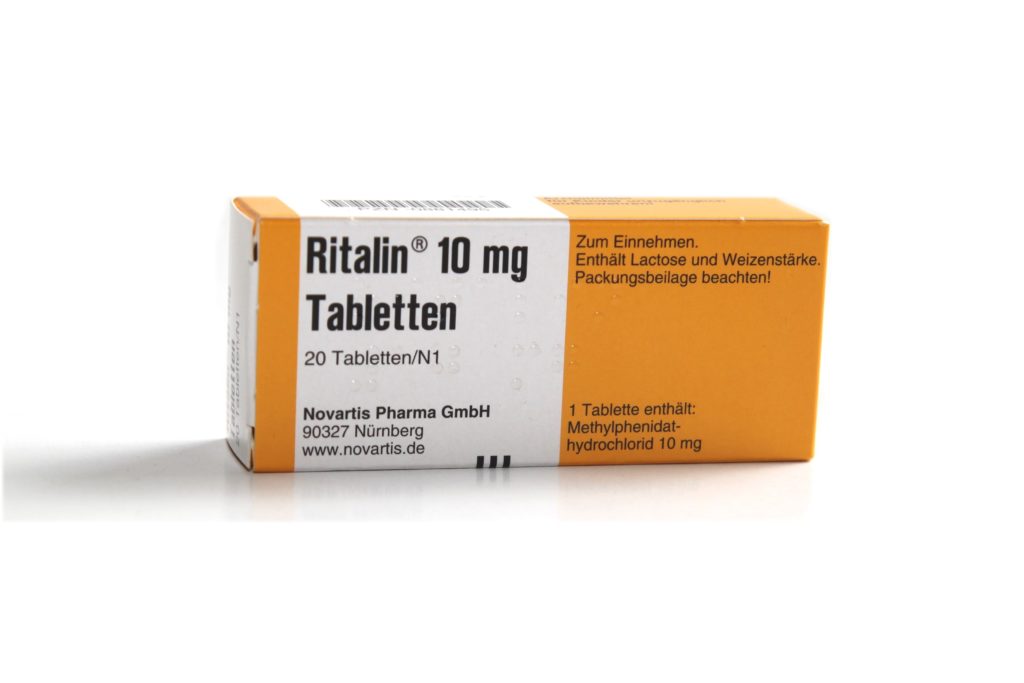Poor Evidence and Substantial Bias in Ritalin Studies
利他林研究中的證據不足和顯著偏見
By Justin Karter – December 1, 2015
賈斯汀·卡特 撰 – 2015年12月1日
來源:https://www.madinamerica.com/2015/12/poor-evidence-and-substantial-bias-in-ritalin-studies/
大規模且進行良好的系統評價研究顯示,哌甲酯(也稱為利他林)缺乏有效性的高質量證據
Ritalin 的研究顯示證據不足和顯著偏見
作者們在一項大規模的系統評價中得出結論,關於哌甲酯(Ritalin)的有效性缺乏高質量的證據。他們的研究還顯示,利他林會導致兒童出現睡眠問題和食慾減退。
目前,現有證據的質量使我們無法確定哌甲酯能否改善患有 ADHD 的兒童和青少年的生活, 作者們得出結論。
哌甲酯是最常用於治療被診斷為 ADHD 的兒童的藥物。儘管這種藥物被廣泛使用,但直到現在,從未進行過其利弊的系統性評價。
這項研究由丹麥的 OJ Storebø 博士領導,研究了 691 項隨機對照試驗,這些試驗將哌甲酯與安慰劑進行比較,對象為 18 歲以下的兒童和青少年。他們還評估了這些研究中的“偏見風險”,檢查了問題方法、選擇性報告和利益衝突等因素。總的來說,這項評價包括了超過 12,000 名患者的記錄。
該試驗的分析顯示,服用哌甲酯的 ADHD 症狀略有改善,勉強達到臨床相關性的門檻。然而,所有報告症狀變化的試驗都被發現存在高偏見風險,且藥物的效果受到試驗長度的顯著影響。例如,在長期試驗中,藥物對 ADHD 症狀的效果較小。
當檢查藥物對兒童整體行為的影響時,研究人員發現,試驗顯示教師評價中行為略有改善,但警告說這些數據質量低且存在高偏見風險。有趣的是,這些數據還顯示,對整體行為的影響與所使用的藥物劑量無關。三項試驗報告稱,使用該藥物的兒童生活質量有所提高,儘管這一效果似乎具有臨床意義,但“這一估計依賴於僅有的三項試驗,而這三項試驗均存在高偏見風險,主要原因是缺乏對參與者的盲法處理、選擇性結果報告以及利益衝突。”
研究人員發現,29% 的參與者報告了與哌甲酯相關的非嚴重不良事件。“所有試驗中報告的不良事件包括神經系統、消化系統、泌尿系統、循環系統、呼吸系統、生殖系統、骨骼肌肉系統和免疫系統的不良事件,以及身體測量數據,例如身高、體重、身體質量指數和生命體徵的差異,”他們寫道。此外,所有報告這些非嚴重不良事件的平行試驗都存在高偏見風險,原因是“缺乏對參與者的盲法處理、缺乏結果評估員的盲法處理、利益衝突、選擇性結果報告以及不完整的結果數據。”
研究人員總結道:
“結果表明,在被診斷為 ADHD 的兒童和青少年中,哌甲酯可能改善教師報告的 ADHD 症狀、整體行為以及家長報告的生活質量。然而,鑑於納入研究中的偏見風險以及結果的低質量,效果的幅度尚不確定。”
“未來的試驗應公開個別參與者的去個人化數據,並報告所有結果,包括不良事件。這將使系統評價的研究人員能夠評估干預效果在性別、年齡、ADHD 類型、共病情況和劑量之間的差異。最後,這些發現突顯了進行大型隨機非藥物治療試驗的迫切需要。”
Storebø, O. J., Rosendal, S., Skoog, M., Groth, C., Bille, T., Buch Rasmussen, K., … & Gluud, C. (2012). Methylphenidate for attention deficit hyperactivity disorder (ADHD) in children and adolescents. The Cochrane Library. (Full Text)
The authors of a large scale well-conducted systematic review of methylphenidate, also known as Ritalin, conclude that there is a lack of quality evidence for the drug’s effectiveness. Their research also reveals that Ritalin can cause sleep problems and decreased appetite in children.
“At the moment, the quality of the available evidence means that we cannot say for sure whether taking methylphenidate will improve the lives of children and adolescents with ADHD,” the authors conclude.
Methylphenidate is the drug most commonly prescribed to treat children diagnosed with ADHD. Despite the widespread use of this drug a systematic review of its harms and benefits has never been carried out until now.
The researchers, led by Dr. OJ Storebø from Denmark, examined 691 randomized control trials that compared methylphenidate to placebo in children and adolescents under 18. They also evaluated all of these studies for “risk of bias” by checking for problematic methodologies, selective reporting, and conflicts of interest. All told, the review included the records of over 12,000 patients.
The analysis of the trials found there was a slight overall improvement in ADHD symptoms for those taking the drug, just meeting the threshold for clinical relevance. However, all of the trials reporting changes in symptoms were found to have a high risk of bias, and the effect of the drug was significantly impacted by the length of the study. For example, in long-term trials the drug was found to have a smaller effect on ADHD symptoms.
When examining the drugs effect on children’s general behavior, the researchers found that the trials showed a mild improvement in teacher evaluations but warned that this data was low quality and at a high risk of bias. Interestingly, this data also revealed that the reported effect on general behavior was not influenced by the dose of the drug administered. Three trials reported an increase in quality of life of children using the drug and while this effect appeared to be clinically relevant, “the estimate relies on only three trials and all three had a high risk of bias, primarily due to lack of blinding of participants, selective outcome reporting, and vested interests.”
The researchers found that methylphenidate was associated with non-serious adverse events in 29% of participants. “The adverse events reported over all trials included neurological, digestive, urinary, circulatory, respiratory, reproductive, skeletal, muscular, and immunological adverse events as well as physical measures such as difference in height, weight, body mass index, and vital signs,” they wrote. Also, all of the parallel trials that reported these non-serious adverse events had a high risk of bias “owing to lack of blinding of participants, lack of outcome assessor blinding, vested interest, selective outcome reporting, and incomplete outcome data.”
The researchers conclude:
“The results suggest that among children and adolescents with a diagnosis of ADHD, methylphenidate may improve teacher-reported symptoms of ADHD, and general behaviour and parent-reported quality of life. However, given the risk of bias in the included studies, and the very low quality of outcomes, the magnitude of the effects is uncertain.”
“Future trials should publish depersonalised individual participant data and report all outcomes, including adverse events. This will enable researchers conducting systematic reviews to assess differences between intervention effects according to sex, age, type of ADHD, presence of co-morbidities and dose. Finally, the findings highlight the urgent need for large randomised trials of non-pharmacological treatments.”
*
Storebø, O. J., Rosendal, S., Skoog, M., Groth, C., Bille, T., Buch Rasmussen, K., … & Gluud, C. (2012). Methylphenidate for attention deficit hyperactivity disorder (ADHD) in children and adolescents. The Cochrane Library. (Full Text)
Justin Karter
MIA 研究新聞編輯:Justin M. Karter 是 Mad in America 的首席研究新聞編輯。他在馬薩諸塞大學波士頓分校獲得了心理諮詢學博士學位,還擁有來自波因特公園大學的新聞學和社區心理學碩士學位。他特別關注於檢視和解讀有關心理健康的文化敘事,並重新構想基於這些假設建立的機構。

